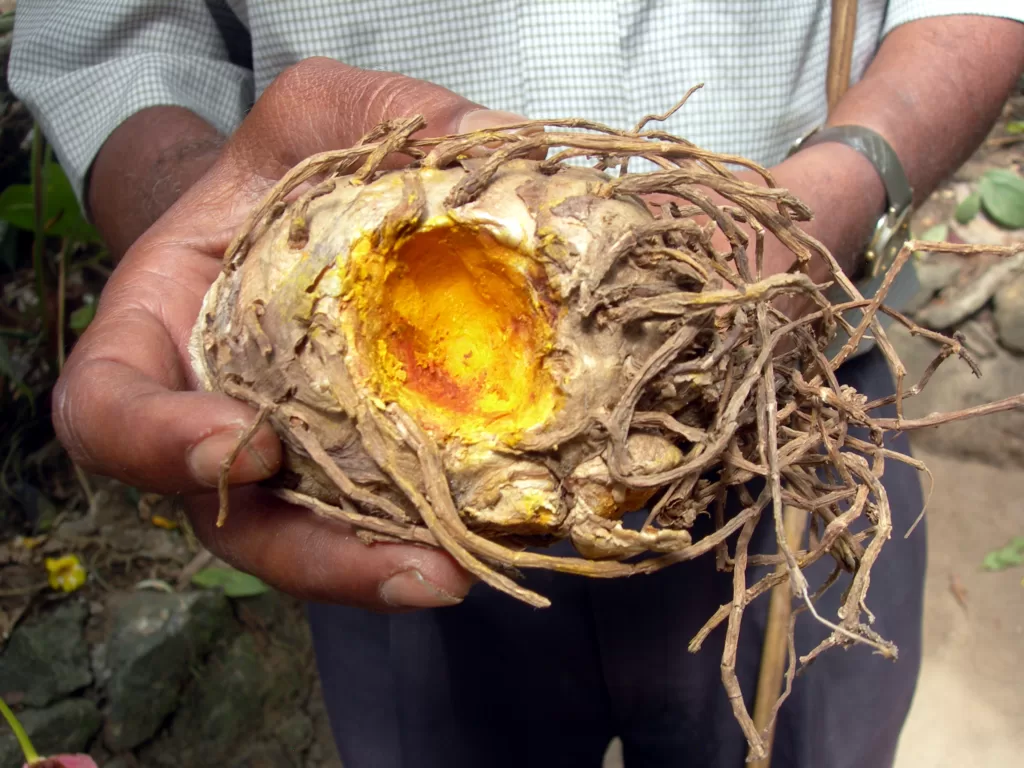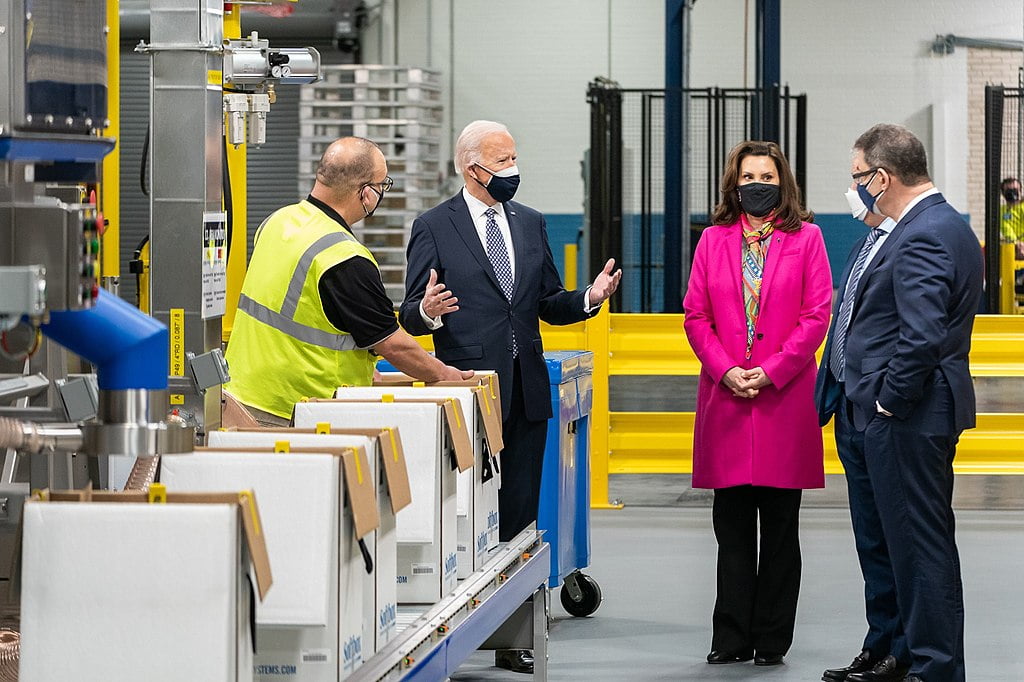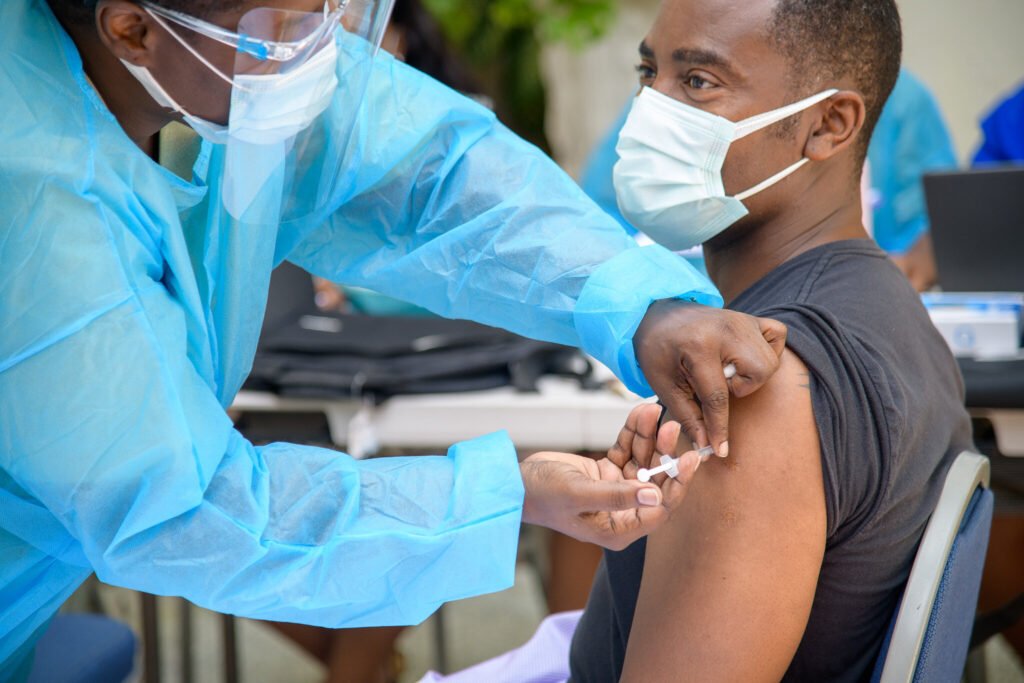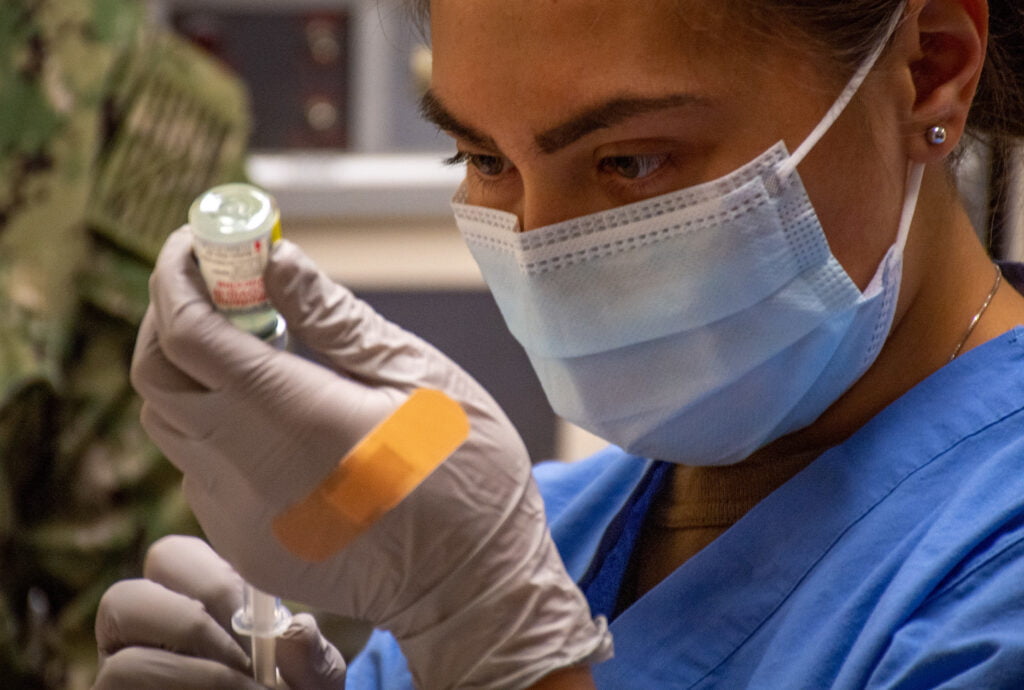Recent work has strengthened the intellectual property rights ecosystem to protect traditional knowledge from commercial patents.
 The wound-healing properties of turmeric are well-documented traditional knowledge in India. : Steenbergs, Flickr CC BY 2.0
The wound-healing properties of turmeric are well-documented traditional knowledge in India. : Steenbergs, Flickr CC BY 2.0
Recent work has strengthened the intellectual property rights ecosystem to protect traditional knowledge from commercial patents.
It’s poetic justice: attempts to misappropriate the developing world’s traditional knowledge by claiming patent rights over it have led to a better, fairer intellectual property (IP) system that safeguards traditional knowledge from future such attempts.
It began with the University of Mississippi’s claim for a US patent on the wound-healing properties of turmeric, and US company RiceTec’s claim for a UK patent on genetically Indian basmati rice. Those who fought these claims prevented the commercial patenting of traditional knowledge, something that has existed for generations in developing economies. They also helped create a global monitoring and watch system for future patent claims. The resultant Traditional Knowledge Digital Library and Traditional Knowledge Resource Classification link to patent offices across the globe.
The turmeric battle
In March 1995 the US Patent and Trade Office granted the University of Mississippi Medical Center a patent on the “Use of turmeric in wound healing”. The patent application had claimed that the administration of an effective amount of turmeric through local and oral routes to enhance the wound-healing process was a novel finding.
The Council of Scientific and Industrial Research (CSIR) in India followed a “re-examination process” permitted under the law to challenge the validity of the patent. The CSIR showed that the wound-healing properties of turmeric were well-documented traditional knowledge in India. It cited 32 references, from centuries-old Sanskrit texts to references in Hindi, Urdu and other Indian languages.
The CSIR filed a formal request for re-examination with the US patent office in October 1996. Five months later, in March 1997, the patent office issued a re-examination order rejecting all six patent claims.
The judgment said the result was “anticipated by the submitted references” – the CSIR’s evidence. The medical centre’s claims were found to be invalid under the US legal code that lists the conditions for patentability and novelty.
The basmati battle
In a bid to enter the international basmati market with its brands Kasmati and Texmati, RiceTec applied for a trademark over ‘Texmati’ with the UK Trade Mark Registry. It provided as evidence the US patent granted to it by the US patent office in 1997 for a basmati-like rice. It lodged 20 claims covering not only a novel rice plant but also various rice lines (parents), resulting plants and grains, seed-deposit claims, and methods for selecting a rice plant for breeding and propagation.
Some of its claims were for a rice grain with characteristics similar to those from Indian basmati rice lines. If legally enforced, these claims would have shaved billions of dollars off Indian exports.
The Government of India swung into action. Basmati, an aromatic rice, has been grown in the Indian subcontinent for centuries. In many countries the term is often applied only to rice grown in the subcontinent. A technical committee gathered evidence and decided on a strategy to challenge the trademark application.
A re-examination case was filed in April 2000. Soon afterwards, RiceTec withdrew its basmati-like claims for its brand Texmati. Later, the US Patent Office passed a judgment that “a substantial question of patentability has been raised in respect of the remaining claims” of RiceTec. RiceTec later withdrew the crucial patent claims and the threat to the export of basmati rice lines from India was averted. India also learnt its lesson and introduced sui generis systems – i.e. ones developed to suit each country’s needs and priorities – to avoid future challenges.
Preventing misappropriation of traditional knowledge
The turmeric and basmati cases, and later the attempt to patent the fungicidal properties of the neem tree, brought into focus the threat to traditional knowledge and the need to protect the rights of communities to such knowledge by keeping it in the global commons. In 1998–99, your correspondent chaired the Standing Committee on Information Technology of the World Intellectual Property Organization in Geneva. He used this opportunity to sensitise the 170-plus member states to misappropriation of traditional knowledge, using the example of the turmeric case.
During a special visit to the US patent office in Washington, your correspondent pointed out that the claims to novelty in several patents awarded by the office were invalid, since the relevant knowledge already existed in India’s traditional knowledge systems.
The patent office wondered why its search process had not revealed that prior knowledge. It was because it had conducted its search using the International Patent Classification system, which did not consider traditional knowledge. This led to the idea of creating a Traditional Knowledge Digital Library.
The Indian CSIR and the Department of Indian Systems of Medicine and Homoeopathy set up an interdisciplinary Traditional Knowledge Digital Library task force, drawing top experts from organisations across the country.
The task force evolved a scientific classification and retrieval system called the Traditional Knowledge Resource Classification. The system’s structure enabled an easy link with the International Patent Classification used universally by all patent examiners.
In turn, the World Intellectual Property Organization set up an International Patent Classification taskforce comprising the US, Japan, the European Union, China and India to look at the challenge of modifying the International Patent Classification to include traditional knowledge. India’s proposal to create a Traditional Knowledge Resource Classification was fully endorsed by the taskforce. From just one subgroup for medicinal plants in the International Patent Classification, the categorisation rose to 207 subgroups, besides having access to the Traditional Knowledge Resource Classification’s 27,000 subgroups.
To solve the problem of issuance of wrong patents, access to the Traditional Knowledge Digital Library – with 34 million pages of formatted information – was given to 14 patent offices around the world, including in the US, Canada, Japan, and some countries in Europe, Latin America and the Asia-Pacific region. For the first time, these IP offices were equipped with a search tool to eliminate potential misappropriation of traditional knowledge.
In addition, the CSIR-Traditional Knowledge Digital Library Unit has an integrated global piracy-watch system. It files third-party observations and pre-grant oppositions to patent applications related to Indian traditional knowledge. So far 265 global patent applications have been withdrawn, amended or set aside on the basis of Traditional Knowledge Digital Library evidence.
For the first time within the global IP rights framework, traditional knowledge has been recognised as a legitimate knowledge system. Efforts to achieve this recognition have demonstrated that authentic and accessible documentation as well as easy access based on trust and global partnerships can resolve conflicts over IP rights and avoid the misappropriation of traditional knowledge that is free and must remain free.
Raghunath Mashelkar, FRS, is Chancellor of the Jio Institute and former Director General of the Council of Scientific and Industrial Research in India. He was involved in the response to the patent claims on turmeric and basmati.
Dr Mashelkar has declared no conflict of interest in relation to this article.
Main image licensed under creative commons.
Originally published under Creative Commons by 360info™.
Editors Note: In the story “Who owns IP” sent at: 13/07/2022 10:48.
This is a corrected repeat.













